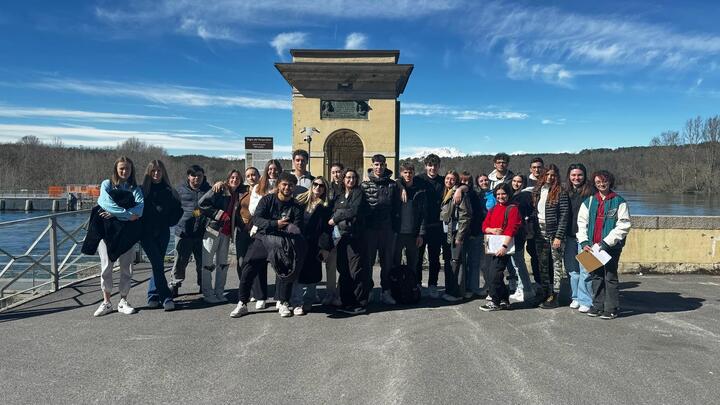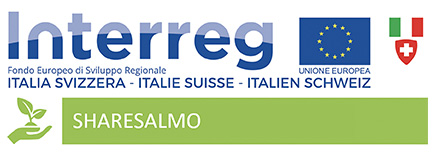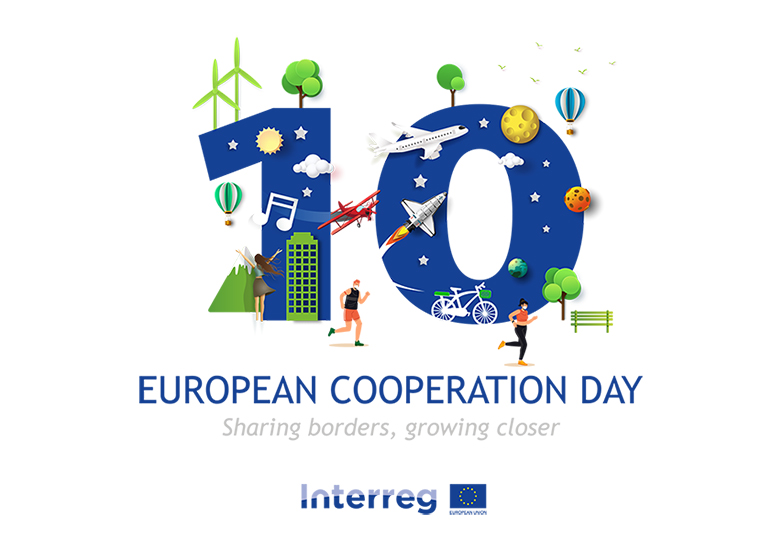Although its capitalization project SHARESALMO IV notice ended a few months ago, the SHARESALMO project is still making waves!
Students from classes 4°C Bio and 4°A Bio of the “Newton” Technical Institute in Varese recently selected and deepened the project as part of the activities of the national project “Clic – Climate and Citizenship.”
Funded by the Italian Agency for Development Cooperation (AICS), the “Clic – Climate and Citizenship” project focuses on civic monitoring and analysis of projects implemented with public funding on the ground. In this framework, SHARESALMO was selected as a case study by the students among various projects in their area, supported by the non-profit organization “Il Sole,” a project partner for the province of Varese.
During the period between February and March 2024, students organized themselves into two working groups, identified by the slogans “River monsters” and “Not for sushi.” They explored the project, SHARESALMO and examined the products produced in the website and virtual tour, delving into the issues conveyed and the importance of carrying out such projects. They also went on an excursion to the Panperduto Dam, an area covered by the SHARESALMO and SHARESALMO IV notice projects, to see even more closely the activities carried out.

Each group produced a variety of multimedia content, including videos, quizzes and interviews, promoted through specially created social pages on Instagram and TikTok (Ig page Not For Sushi, Ig page and TikTok page River Monsters).
Afterwards, students had the opportunity to interview SHARESALMO partners via video conference.
In conclusion, students presented their work entirely dedicated to SHARESALMO to other students in the school’s Aula Magna. We partners followed the day online remotely with great interest and amazement at the insights and products produced!
The two working groups respectively presented the activities carried out in recent months, the interviews and the analysis of the impact of the project carried out through google form to investigate how well known are the issues addressed and the project itself, demonstrating with passion and determination the value and impact of projects like this on the local community.
At this link (https://www.instagram.com/reel/C51kCaeId1Z/?utm_source=ig_web_copy_link&igsh=MzRlODBiNWFlZA==) you can view the video that the Not For Sushi social group made for the presentation on the civic monitoring project.
At the link (https://www.instagram.com/reel/C5oLb8LoeIc/?utm_source=ig_web_copy_link&igsh=MzRlODBiNWFlZA== ) the video interview with a fisherman from the project area made by the River Monsters group’s youth.



